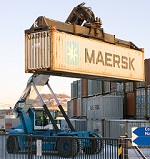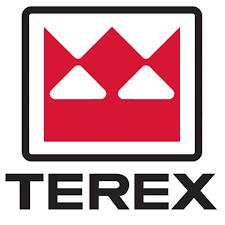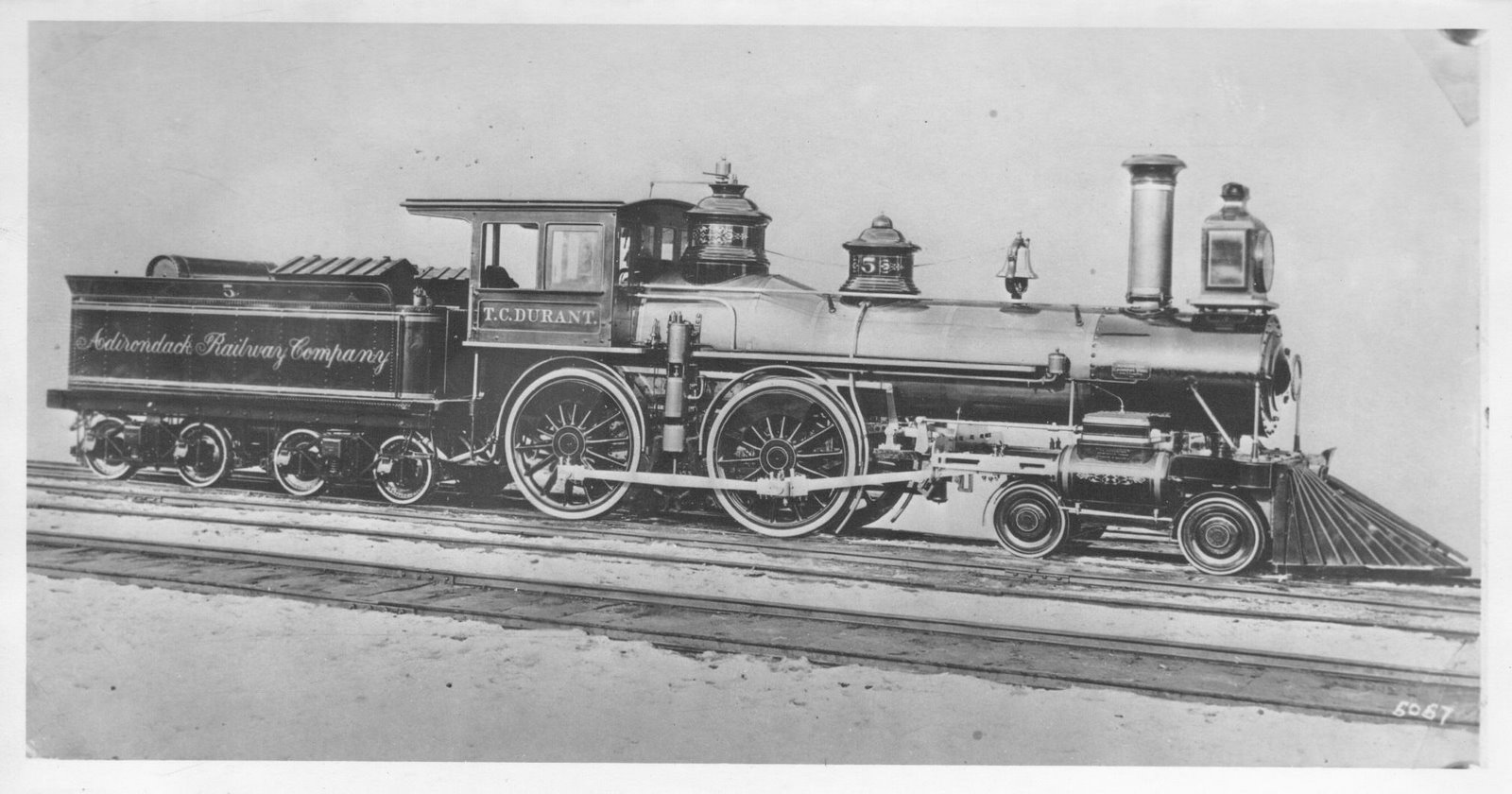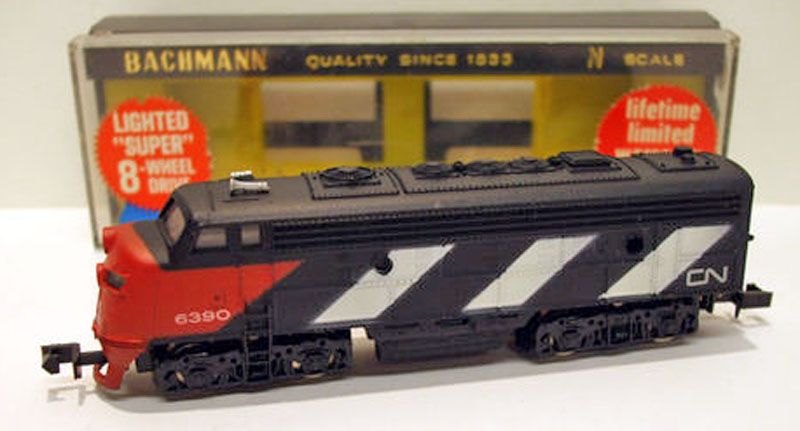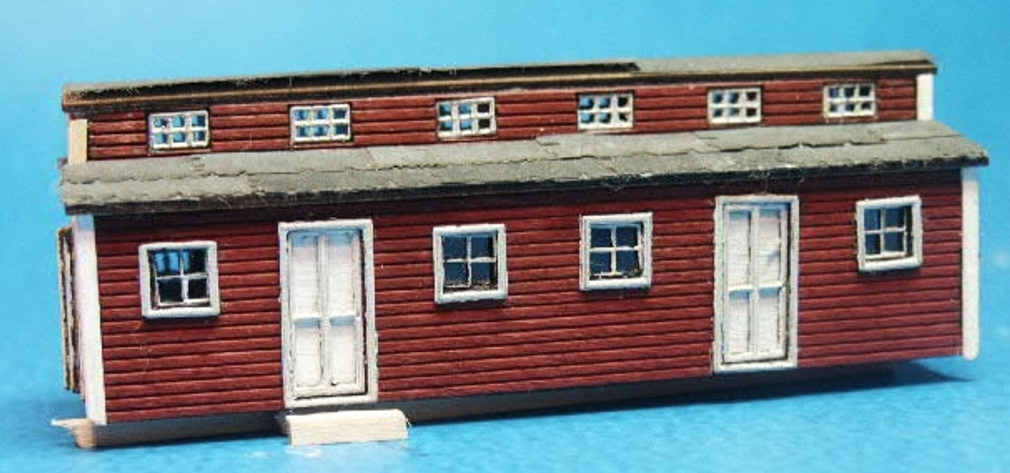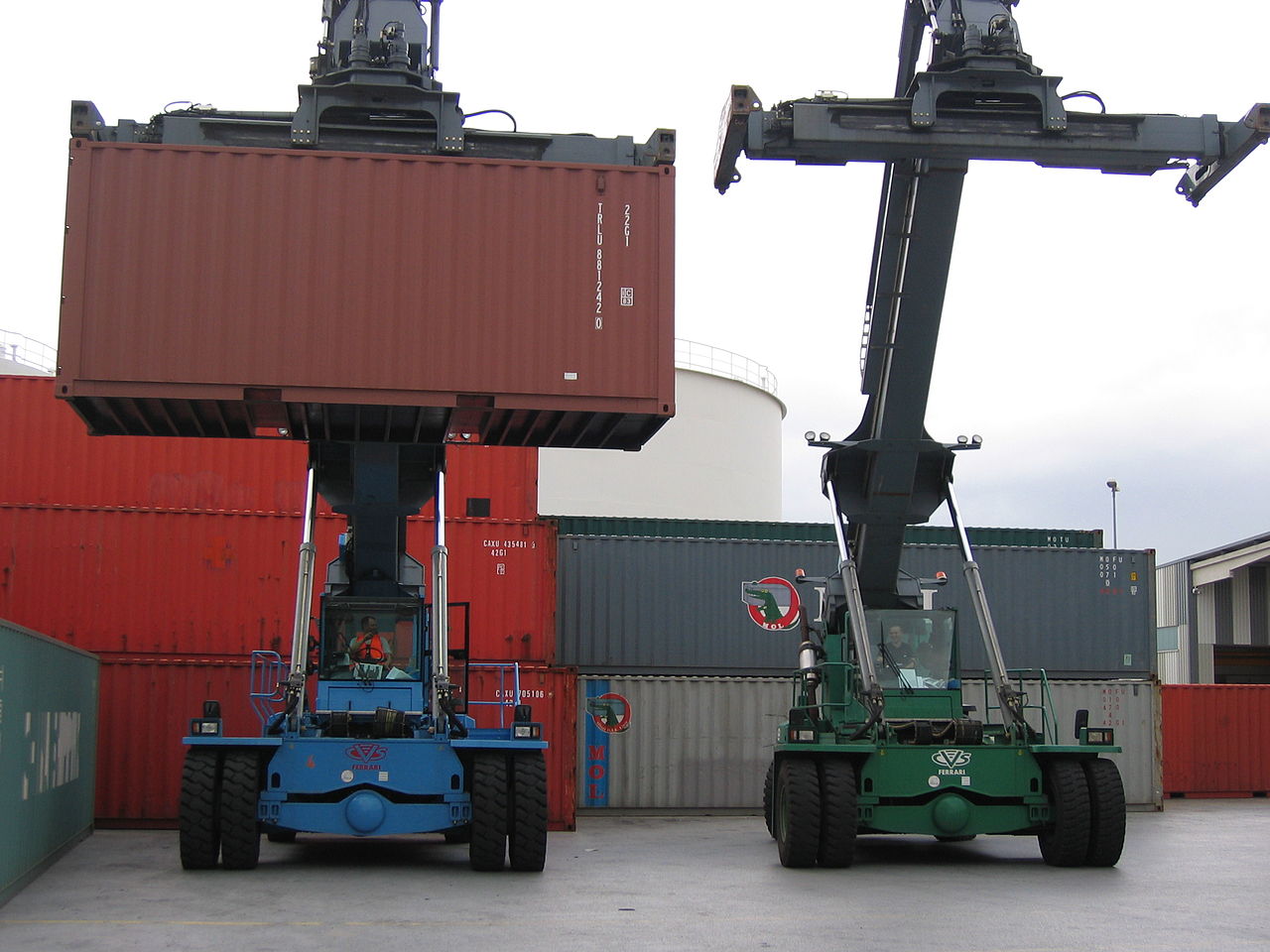Prototype History: Reach stacker
A reach stacker is a vehicle used for handling intermodal cargo containers in small terminals or medium-sized ports. Reach stackers are able to transport a container short distances very quickly and pile them in various rows depending on its access.
Reach stackers have gained ground in container handling in most markets because of their flexibility and higher stacking and storage capacity when compared to forklift trucks. Using reach stackers, container blocks can be kept 4-deep due to second row access.
There are also empty stackers or empty container handlers that are used only for handling empty containers quickly and efficiently
A reach stacker is a vehicle used for handling intermodal cargo containers in small terminals or medium-sized ports. Reach stackers are able to transport a container short distances very quickly and pile them in various rows depending on its access.
Reach stackers have gained ground in container handling in most markets because of their flexibility and higher stacking and storage capacity when compared to forklift trucks. Using reach stackers, container blocks can be kept 4-deep due to second row access.
There are also empty stackers or empty container handlers that are used only for handling empty containers quickly and efficiently
Road Name History: In 1933, the Euclid Company was founded by the Armington brothers. Its success designing and building haul trucks later attracted the attention of General Motors, which purchased Euclid in 1953. GM’s “Euclid Division” developed and sold large equipment including over half the nation’s off-highway dump trucks.
The dominant performance of Euclid had a negative consequence, however, when the US Department of Justice brought an antitrust suit against GM, forcing it to stop manufacturing and selling off-highway trucks in the US for four years, and to divest parts of its Euclid business and the Euclid brand name.
GM coined the "Terex" name in 1970 from the Latin words "terra" (earth) and "rex" (king) for its construction equipment products and trucks not covered by the ruling. The remaining parts of the new Terex business produced crawlers, front-end loaders, and scrapers.
The dominant performance of Euclid had a negative consequence, however, when the US Department of Justice brought an antitrust suit against GM, forcing it to stop manufacturing and selling off-highway trucks in the US for four years, and to divest parts of its Euclid business and the Euclid brand name.
GM coined the "Terex" name in 1970 from the Latin words "terra" (earth) and "rex" (king) for its construction equipment products and trucks not covered by the ruling. The remaining parts of the new Terex business produced crawlers, front-end loaders, and scrapers.
Brand/Importer Information: DeLuxe Innovations is a "wholesale manufacturer" of model trains. We manufacture scale replica train models and sell them to hobby shops and distributors worldwide. 2013 marked the 20 year anniversary of DeLuxe Innovations brand trains. There are over 25 body styles in our product line and all of the cars in our single and multi-car packs have different road numbers. DeLuxe Innovations, Inc. is owned by Dave Ferrari, founder of Squeak N Products. We are located in Midland Park, New Jersey. When Dave purchased the business it was located in Burbank, California which would have been a bit of a long commute so the move to the East Coast was planned. Our first East Coast location was in Whippany, NJ along the Whippany River.
The business was started in 1993 by George Johnsen and Roberta Liebreich in Burbank, California. They had a philosophy that just wouldn't allow using a coal car as a "stand in" for a woodchip car, or printing any and all boxcar paint schemes on a PS-1. Starting with the release of the first ever etched metal parts for a ready to run car (1994's Twinstack's metal walkways) through the full dimension underframe and etched metal roofwalk (1996's 1944 AAR Boxcar) to the challenging RoadRailer system (2000), our products have been accurate to target the modeler or enthusiast.
You can also follow DeLuxe on Twitter
The business was started in 1993 by George Johnsen and Roberta Liebreich in Burbank, California. They had a philosophy that just wouldn't allow using a coal car as a "stand in" for a woodchip car, or printing any and all boxcar paint schemes on a PS-1. Starting with the release of the first ever etched metal parts for a ready to run car (1994's Twinstack's metal walkways) through the full dimension underframe and etched metal roofwalk (1996's 1944 AAR Boxcar) to the challenging RoadRailer system (2000), our products have been accurate to target the modeler or enthusiast.
You can also follow DeLuxe on Twitter
Item created by: Powderman on 2018-09-22 15:05:57. Last edited by CNW400 on 2020-08-17 15:54:43
If you see errors or missing data in this entry, please feel free to log in and edit it. Anyone with a Gmail account can log in instantly.
If you see errors or missing data in this entry, please feel free to log in and edit it. Anyone with a Gmail account can log in instantly.


